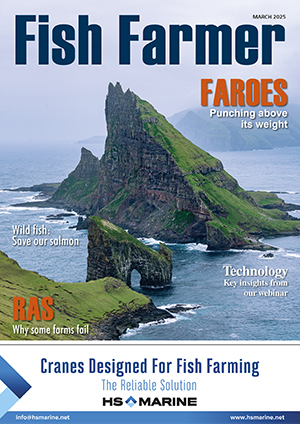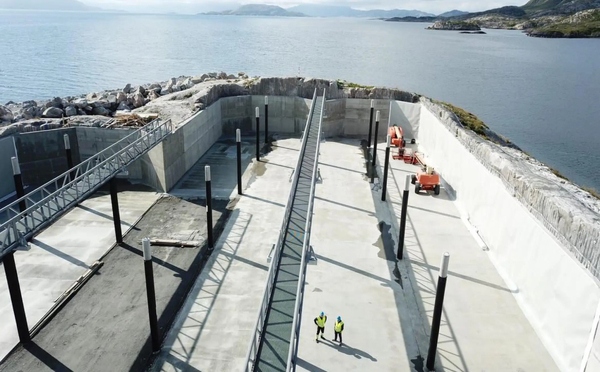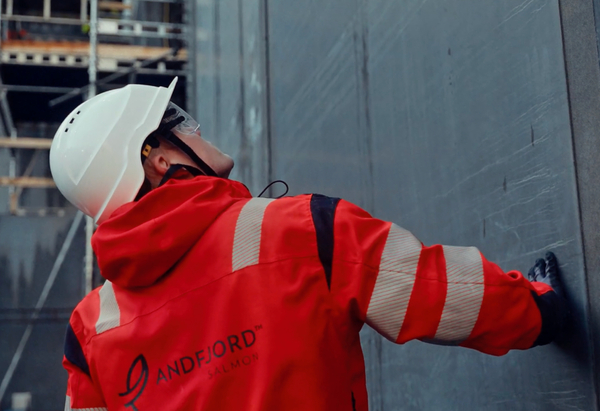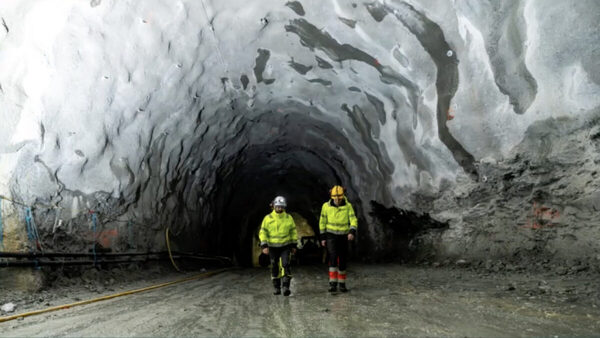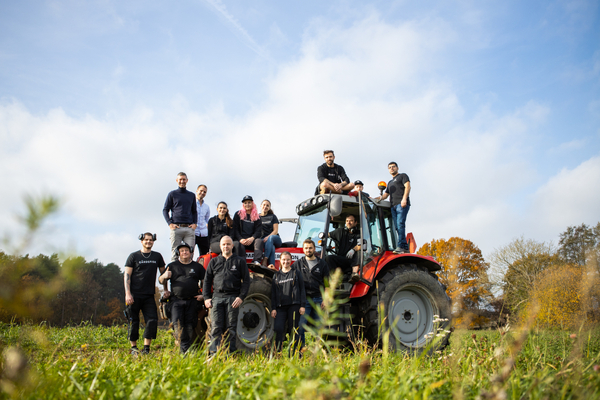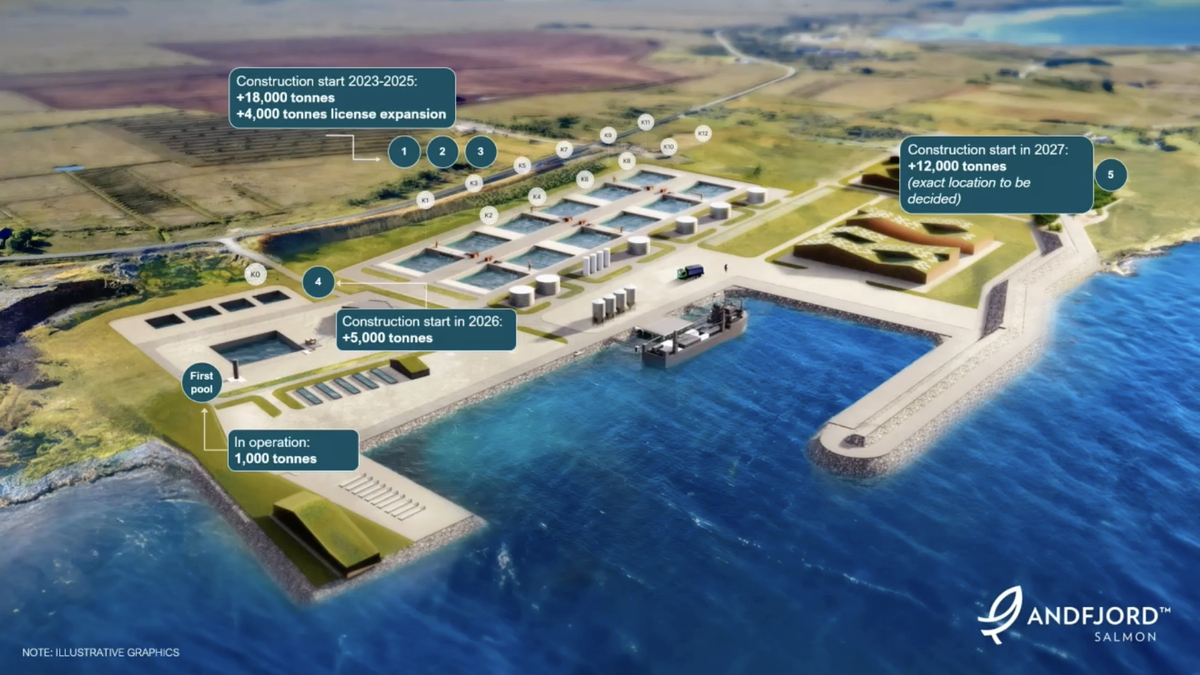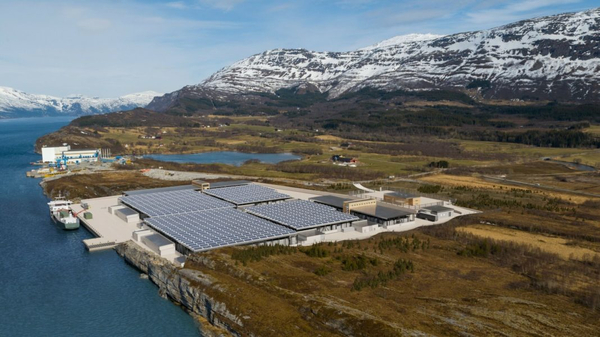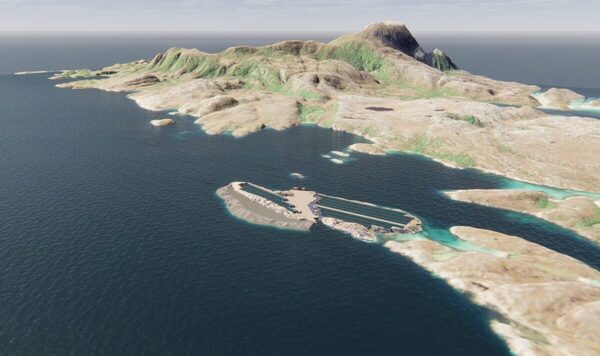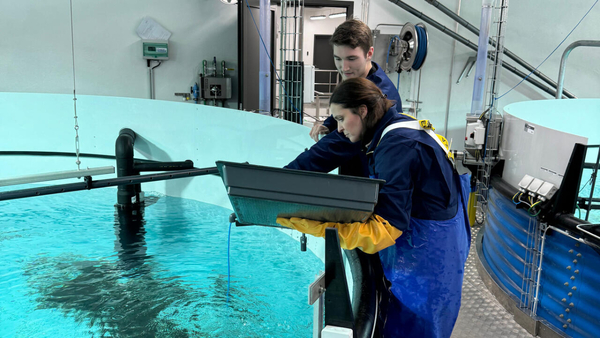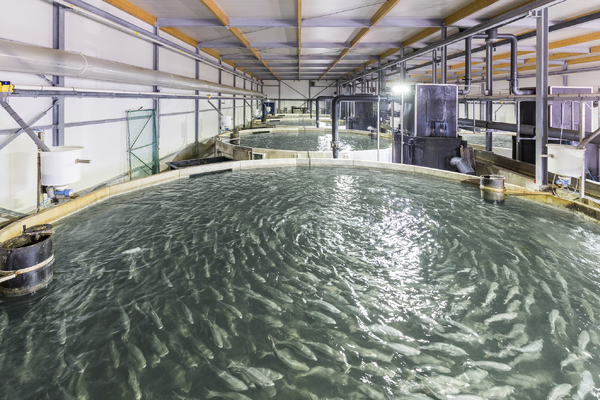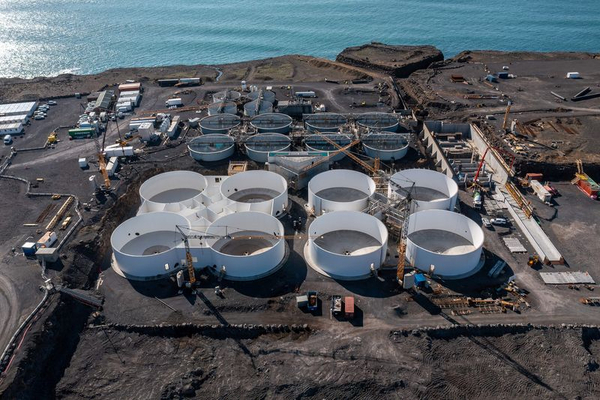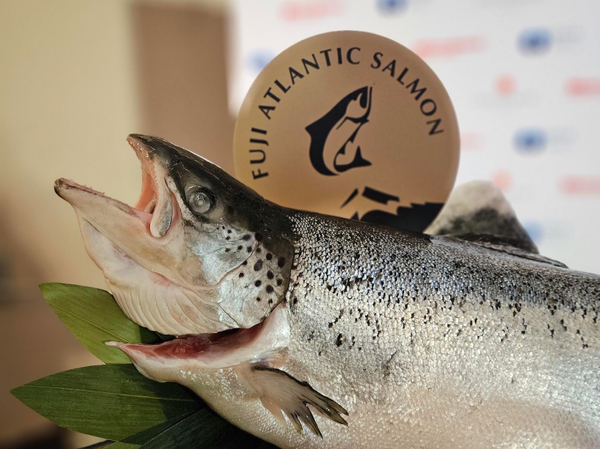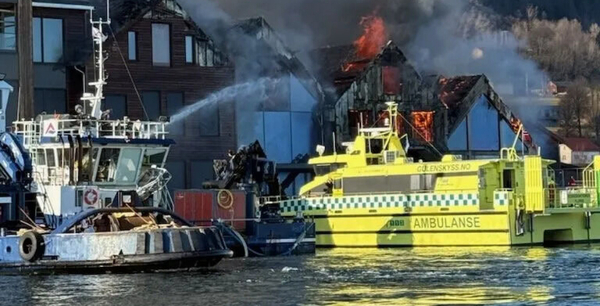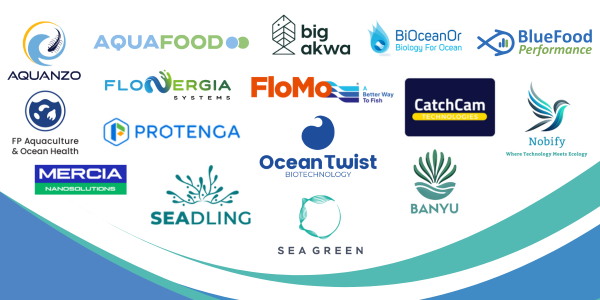LAND BASED FARMING & HATCHERIES
Land-based fish farming systems can range from simple earthen ponds to highly sophisticated recirculating aquaculture systems (RAS). The fundamental principle remains the same: providing a controlled environment where fish can be grown efficiently and sustainably.
Pond aquaculture: This is the oldest form of fish farming. It can be effective with the right species and environment, and requires little capital outlay, but it does leave the fish open to environmental hazards and predators.
Flow-through: These systems continuously introduce fresh water from a nearby source, such as a river, while discharging used water. While effective, they require a reliable and ample water supply.
Recirculating Aquaculture Systems (RAS): These systems use mechanical and biological filters to clean and recycle water within the fish tanks. RAS are highly efficient and can be located close to target markets.
Hybrid flow-through: This approach combines some of the advantages of RAS and flow-through systems, retaining a high degree of control while requiring less extensive processing to keep the water safe for fish. It requires a suitable source of water.
Land-based fish farming represents a vital component of a sustainable future for aquaculture. While there are challenges to overcome, the potential benefits are significant.
